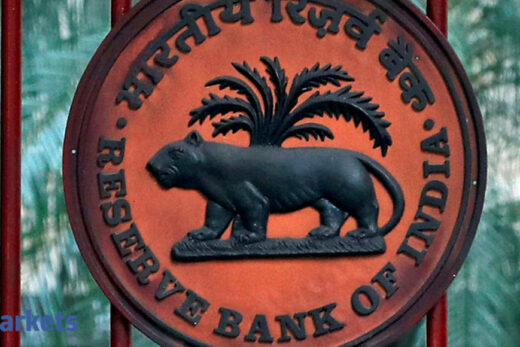Bimal Jalan, who has held a myriad of key positions in India’s policymaking world including Governor of the Reserve Bank of India and Finance Secretary, has a firm view on the matter.
With budget deficits soaring as a result of revenue shortfalls during the Covid-19 pandemic, more and more arguments have emerged regarding whether India should return to a path of fiscal consolidation, or prioritize spending till economic growth is well and truly out of the clutches of the crisis.
Just last year, the chairman of the 15th Finance Commission said that a fundamental relook at the Fiscal Responsibility and Budget Management Act had been discussed by the body.
“FRBM targets, I think, are a bit outdated,” Jalan said in an interview to ETMarkets.com
“There is an FRBM target but that was several years ago. So we should not worry about that part because economic matters are changing over time,” he said.
In the previous financial year, the government was compelled to make sharp upward revisions to its stated fiscal deficit targets as lockdowns imposed to curb the spread of the coronavirus took a heavy toll on economic activity and consequently, the government’s revenue streams.
The target for the last financial year was revised to 9.5% of GDP from 3.5% earlier, while that for the current year has been set at 6.8% of GDP from the previous aim of 3.3%. The centre is aiming to bring down the fiscal deficit target to 4.5% of GDP by 2025-26 (Apr-Mar).
“Fiscal deficit of 6.8% is actually not very high and we can expect that the rate of inflation will be within control,” Jalan said.
The former head of the RBI emphasised the need to analyse the correlation between demand and investment when it came to viewing wider fiscal deficits.
“When we talk about deficit, and we talk about fiscal deficit in particular, it is the most important policy issue that we have to concentrate on. If higher fiscal deficit is due to investment, there is no problem, but if it is demand, then we have to examine what this demand is for. Are people just using money to hold or to transfer it to non-financial institutions?”



